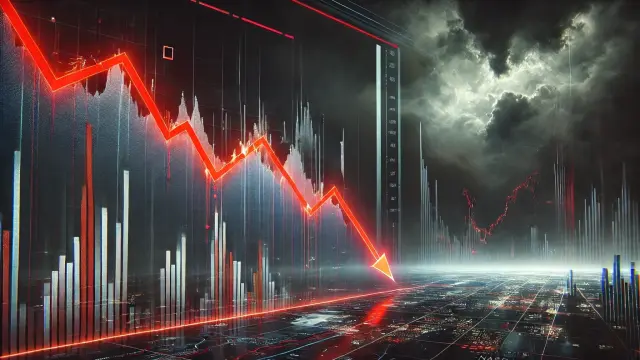AI-driven threat detection systems are transforming how organizations respond to cyberattacks by identifying threats faster and more accurately in 2025.
AI-Driven Threat Detection: Revolutionizing Cybersecurity in 2025
As cyber threats grow more complex and persistent, organizations in 2025 are turning to Artificial Intelligence (AI) to detect, respond to, and even predict attacks in real time. Traditional methods of cybersecurity are simply not fast or scalable enough to handle the onslaught of modern digital threats.
AI-powered threat detection leverages advanced algorithms, machine learning, and behavioral analytics to revolutionize how businesses protect their data and infrastructure.
What Is AI-Driven Threat Detection?
AI-driven threat detection refers to the use of artificial intelligence and machine learning to:
-
Monitor network traffic and user behavior
-
Identify anomalies and malicious patterns
-
Automate alert generation and response actions
Unlike rule-based systems, AI can learn from evolving threats, adapt in real-time, and handle vast volumes of data—making it an indispensable tool for modern cybersecurity.
Key Technologies Powering AI Threat Detection
Machine Learning (ML): Enables systems to learn from historical data and improve over time.
Natural Language Processing (NLP): Helps AI parse security logs, threat intelligence feeds, and unstructured data.
Behavioral Analytics: Detects deviations from normal behavior to identify insider threats or account compromise.
Automated Response Systems: Triggers immediate containment actions like isolating a device or blocking a user.
Benefits of AI-Driven Cybersecurity
-
Speed: AI can detect threats in seconds—far faster than human analysts.
-
Scalability: Capable of monitoring thousands of endpoints and devices simultaneously.
-
Accuracy: Reduces false positives by contextualizing data across systems.
-
Proactive Defense: Predicts and prevents attacks before they cause damage.
-
24/7 Monitoring: Never sleeps, providing continuous protection.
Use Cases in 2025
-
Financial Institutions use AI to stop fraud attempts in real time.
-
Healthcare Providers rely on AI to safeguard patient records from ransomware.
-
E-commerce Platforms utilize AI to monitor for phishing, DDoS attacks, and bot activity.
-
Government Agencies deploy AI for nation-state threat intelligence analysis.
Examples of Leading AI Cybersecurity Tools
-
Darktrace: Uses AI to detect threats autonomously across the enterprise.
-
CrowdStrike Falcon: ML-based endpoint protection platform.
-
IBM QRadar: Uses AI to correlate and analyze threat data.
-
Microsoft Defender for Endpoint: Integrates AI to track emerging attack vectors.
Challenges of AI in Cybersecurity
While AI brings powerful capabilities, it’s not without its limitations:
-
Adversarial AI: Hackers are using AI too—developing tools that can fool detection systems.
-
Data Privacy: AI systems require access to sensitive data, raising compliance concerns.
-
Bias & Training: Poor data quality can lead to biased models or blind spots.
-
Over-Reliance: Some organizations may become too dependent on automation, reducing human oversight.
The Future of AI Threat Detection
In the coming years, AI in cybersecurity will continue to evolve with:
-
Explainable AI (XAI): Offering transparency in how decisions are made.
-
Federated Learning: Allowing decentralized training without sharing private data.
-
Quantum-Resistant AI: Preparing for post-quantum security environments.
-
AI-Powered SOCs (Security Operations Centers): Automating entire threat management lifecycles.
Best Practices for Adopting AI Cybersecurity Solutions
Assess Your Risk: Understand the threat landscape specific to your industry.
Start Small: Implement AI in a phased approach, such as email or endpoint security.
Ensure Human Oversight: Combine AI insights with expert analysis.
Continuously Train Models: Use updated, diverse datasets to improve detection.
Maintain Compliance: Verify AI tools align with privacy and security regulations like GDPR, HIPAA, etc.
Conclusion
AI-driven threat detection is no longer a luxury—it's a necessity in 2025. As cyberattacks become more sophisticated, organizations must embrace intelligent, real-time defenses that evolve faster than the threats themselves.
By integrating AI into their cybersecurity strategies, companies can gain the upper hand in a landscape where milliseconds matter and proactive defense is key to survival.






























